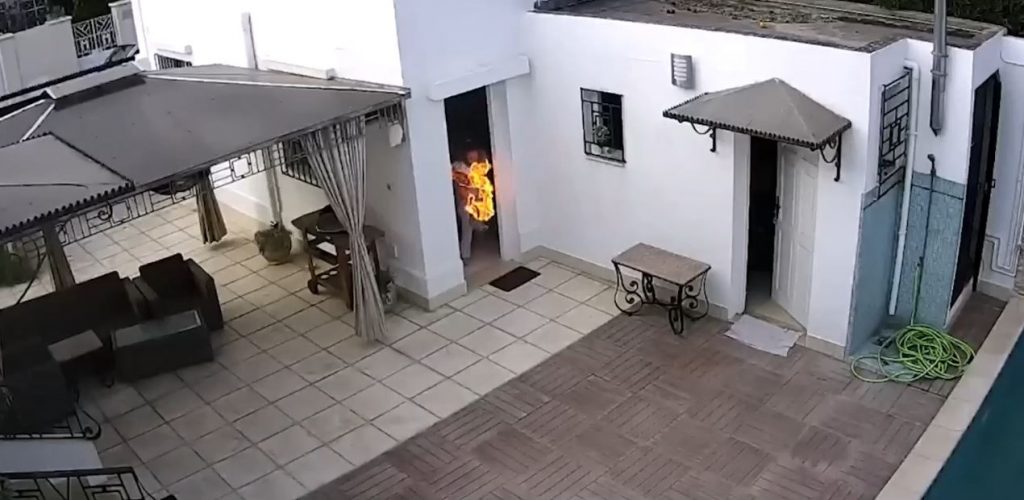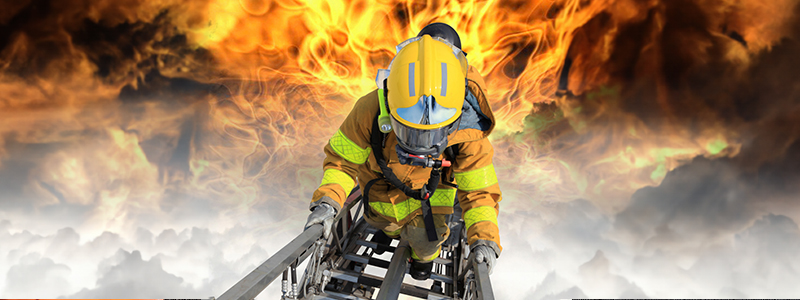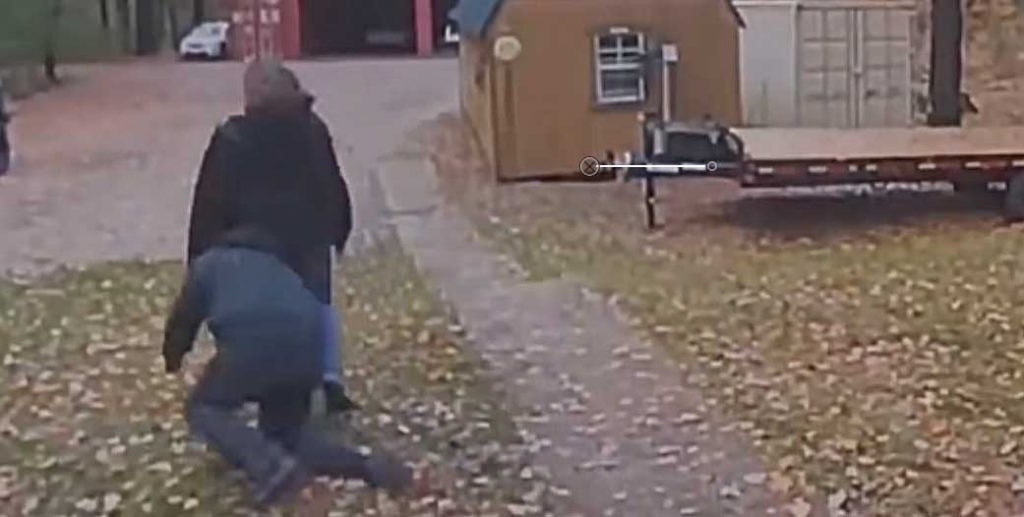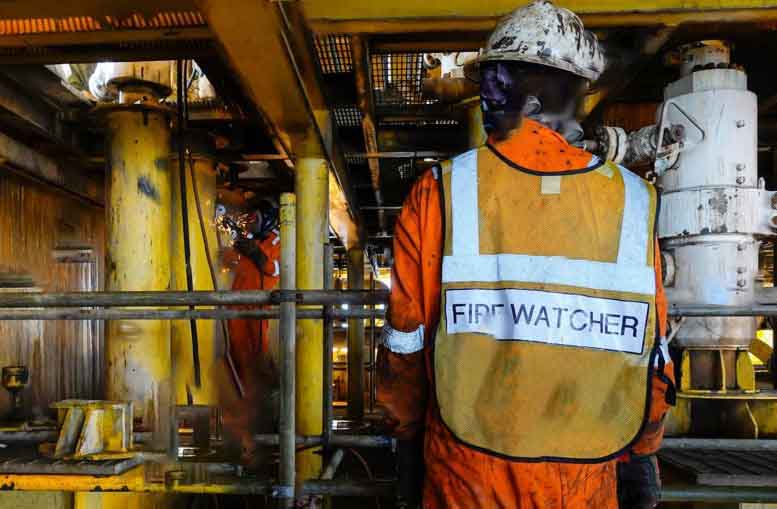“Safetyman Academy Training Saves Lives”: A Reflection on the Importance of Fire Safety Training in Our Daily Life

In the modern world, where speed and efficiency are often prized over caution and preparedness, the saying “Training saves lives” takes on a profound significance. This expression, far from being a mere cliché, encapsulates a vital truth that resonates through every aspect of our lives, especially in our homes and workplaces.
Consider a recent, harrowing incident: a woman, caught in a domestic emergency, finds a pot ablaze on her stove. In a state of panic, rather than extinguishing the fire on the spot, she instinctively grabs the fiery pot. Engulfed in flames, she runs through her home, her arm, face, and body exposed to the merciless fire, before finally casting the pot into a swimming pool. The aftermath is a sobering sight of pain and regret, as she stands nursing her burnt arm and hand. This scenario begs the question: Why isn’t basic fire safety a universal skill?
Fire, a ubiquitous and indiscriminate hazard, does not confine itself to the workplace. It is a danger that lurks in the most familiar of settings – our homes. Statistics from the U.S. Fire Administration are a stark reminder of this reality. In 2023 alone, there were approximately 1,981 fatalities due to home fires reported in the United States. This alarming figure, albeit preliminary, encompasses all residential building types. Delving into the broader historical context, U.S. fire departments responded to an average of 343,100 house fires annually between 2016 and 2020, resulting in around 2,600 civilian deaths each year. These numbers not only quantify the loss but also underscore the profound impact house fires have on human life.
The causes of these fires are as diverse as they are common: cooking mishaps, heating equipment malfunctions, electrical issues, and careless smoking. Each of these factors, in their own way, underscores the necessity of awareness and preventive measures. It is through understanding and preparedness that the risk of house fires and their devastating consequences can be mitigated.
Enter the Safetyman Academy, an institution dedicated to turning potential hazards into opportunities for empowerment through education. With an expansive selection of 130 online CPD-certified courses, including those focused on fire safety, the academy stands at the forefront of preventive education. These courses are not just informative; they are designed to be engaging and enlightening, fostering a culture of safety and awareness.
The importance of accessibility in safety training cannot be overstated. To ensure that language is not a barrier to critical knowledge, Safetyman Academy offers its courses in 60 different languages. This commitment to inclusivity ensures that individuals from diverse backgrounds have the opportunity to learn and protect themselves and their loved ones.
The academy’s mission extends to both individuals seeking to enhance their personal knowledge and businesses aiming to fortify their safety protocols. By providing essential tools for understanding and managing risks, Safetyman Academy plays a crucial role in creating a safer today and a brighter tomorrow.
In closing, the incident of the woman and the blazing pot is not just a cautionary tale; it is a clarion call for change. It reminds us that safety training, particularly in fire prevention and response, is not a luxury but a necessity. In a world where accidents lurk around every corner, being prepared is not just about avoiding disaster; it’s about preserving life. Discover more about how you can contribute to building a safer world, one course at a time, at www.safetyman.academy.
Let’s remember: when it comes to safety, ignorance is not bliss; it’s a risk we cannot afford to take. Let us embrace the power of knowledge and training, for it is through these tools that we truly safeguard our most precious asset – life itself.






Responses